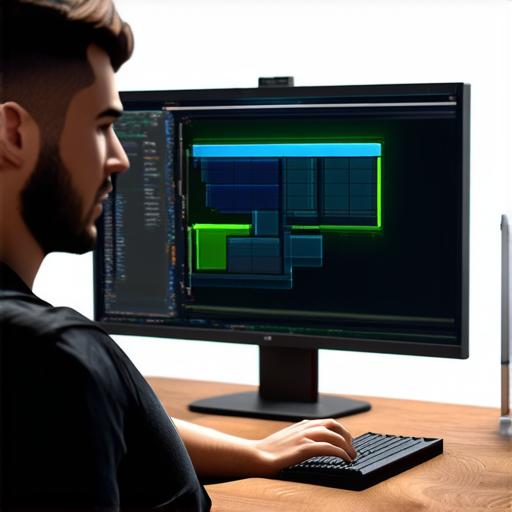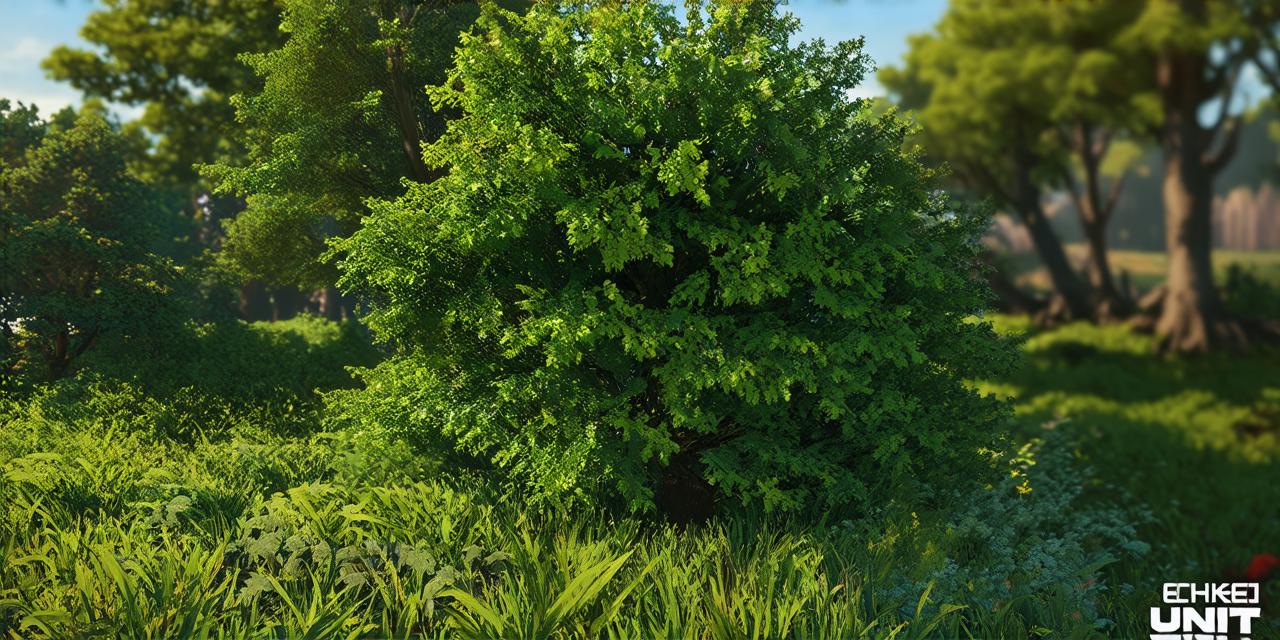Introduction
Unity 3D is one of the most popular game engines in the world, with millions of developers using it to create games across various platforms. One of the key features that sets Unity apart from other game engines is its powerful level editor, which allows developers to create interactive and immersive game environments without needing extensive coding skills.
What is the Level Editor in Unity?
The level editor in Unity is a graphical interface that allows developers to create, edit, and manipulate game objects, materials, lighting, and other elements in real-time. With the level editor, developers can create complex game environments, add interactive elements, and test their games without having to write any code.
One of the key benefits of Unity’s level editor is its flexibility. Developers can use it to create everything from simple 2D platformers to large-scale open-world games with multiple levels. The level editor also supports a wide range of assets, including pre-made game objects, materials, and textures, as well as custom assets created by developers.
How to Use the Level Editor in Unity
Getting started with Unity’s level editor can be daunting for beginners, but with a little bit of guidance, it’s easy to use. Here are some basic steps to get you started:
- Create a new project in Unity and select the “2D” or “3D” template, depending on your game type.
- Open the level editor by clicking on the “Window” menu at the top of the screen and selecting “Level Designer.”
- Once the level editor is open, you’ll see a blank canvas where you can start building your game environment. You can add game objects, such as characters, enemies, and environmental elements like trees and buildings, by dragging them onto the canvas from the “Assets” folder in the project window.
- You can also modify the properties of game objects, such as their position, rotation, scale, and materials, using the inspector panel on the right side of the screen.
- To add interactive elements to your game, you can use Unity’s built-in scripting tools to create custom scripts that control the behavior of game objects. For example, you could create a script that makes a character jump when the player presses the spacebar.
- Once you’ve created your game environment, you can test it by running the game in Unity’s built-in editor or by exporting it to a target platform like Windows, macOS, or mobile devices.
Tips for Using the Level Editor in Unity
Here are some tips to help you get the most out of Unity’s level editor:
- Use layers to organize your game environment. You can assign different layers to different types of game objects, such as characters, enemies, and environmental elements, which makes it easier to select and manipulate them.
- Take advantage of Unity’s prefab system to create reusable game objects. Prefabs allow you to save game objects with their properties and materials, so you can easily use them in multiple scenes without having to recreate them from scratch.
- Use Unity’s built-in tools for lighting and materials to create realistic and immersive game environments. You can adjust the lighting and materials of game objects to create different moods and atmospheres.
- Experiment with different camera angles and perspectives to create a unique gameplay experience. You can use Unity’s built-in camera tools to add dynamic camera movements and transitions that keep players engaged.
- Collaborate with other developers and designers to create more complex and polished games.

